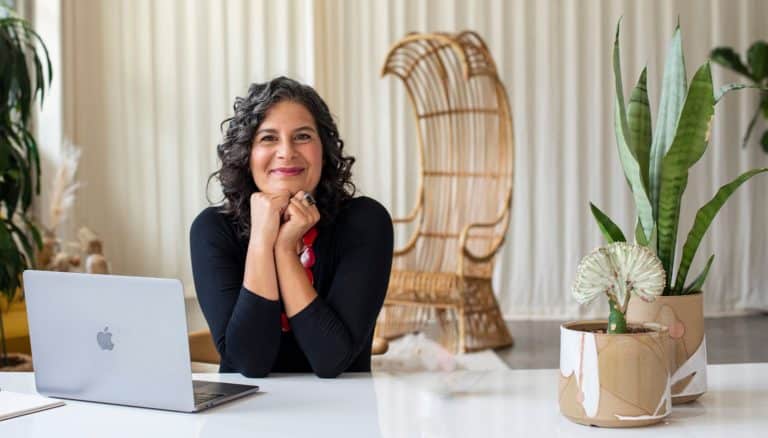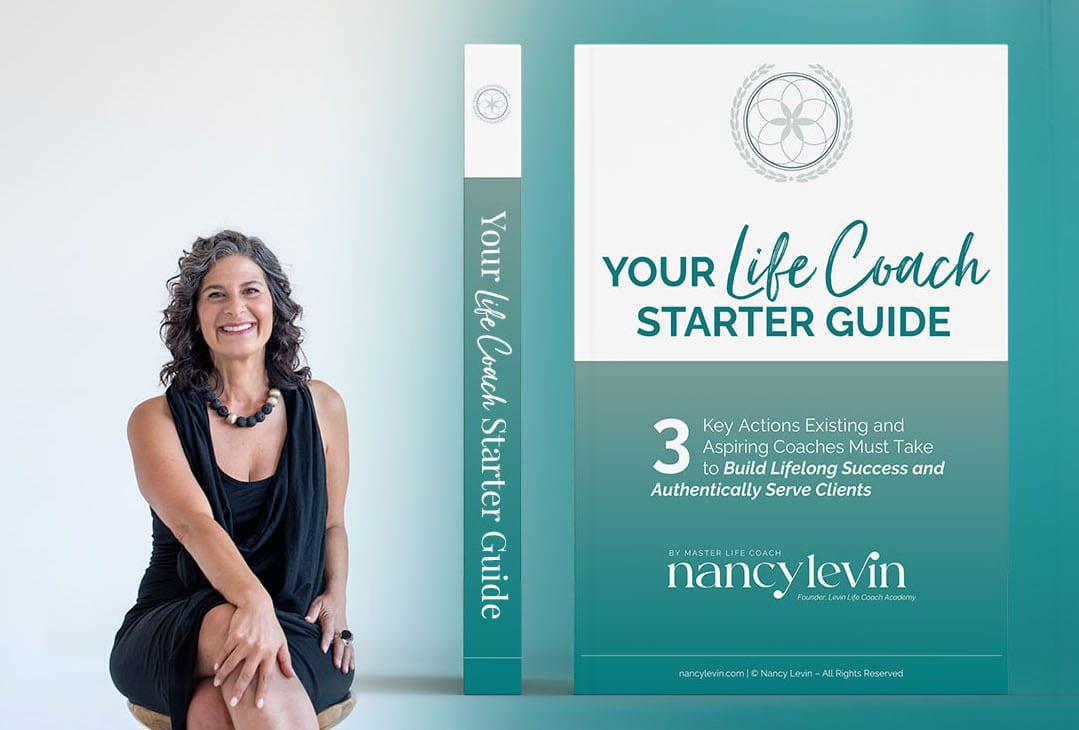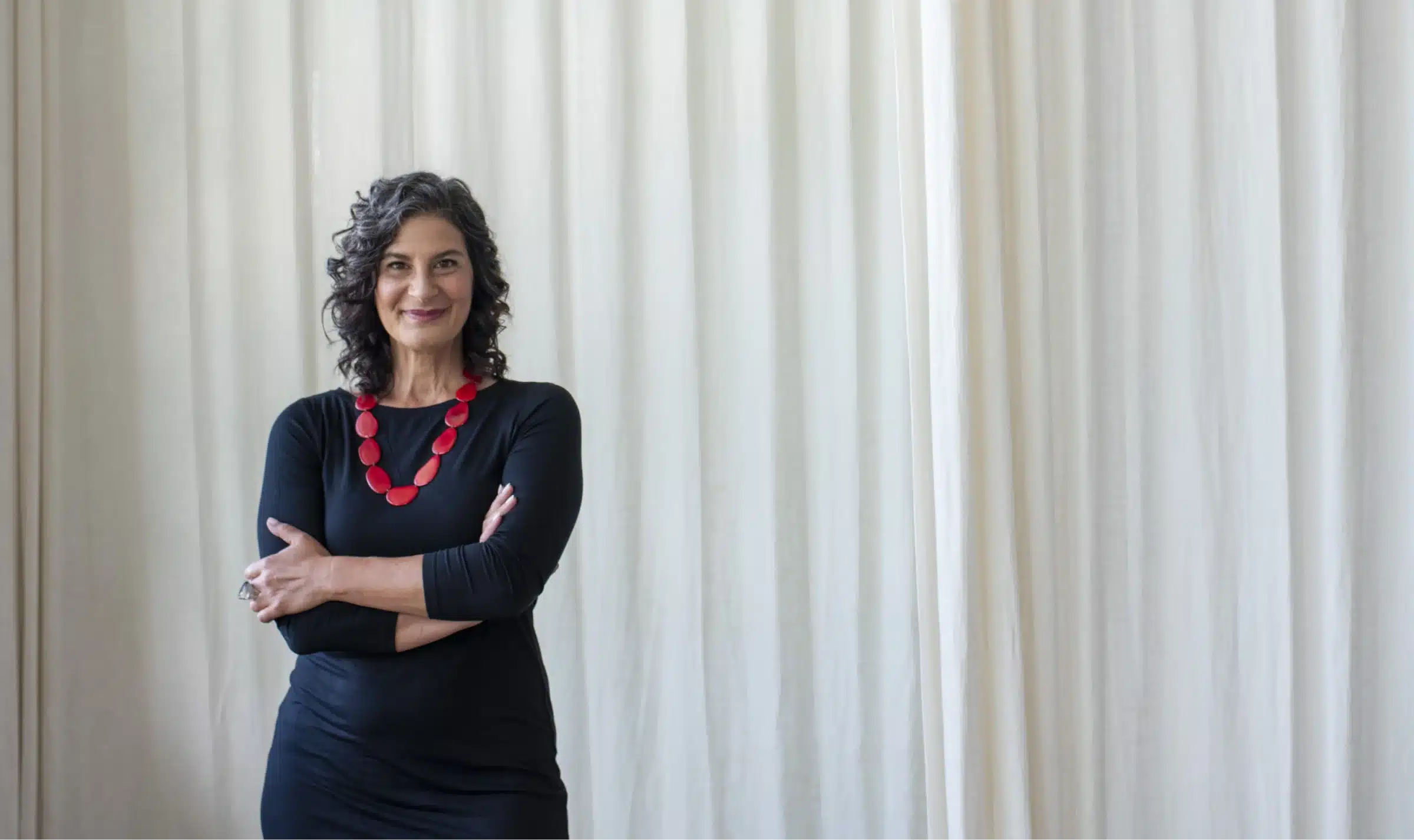
Have you ever heard a friend insist, “I’m totally over it! Really—I’ve completely let that go and am ready to move on to bigger and better things in my life.” Meanwhile, you can feel their trigger right under the surface? Maybe their jaw is so tight that their teeth are almost clenched. Clearly, they want to be over it, but the anger and hurt are still churning below like a volcano waiting to erupt. We’ve all been there, right?
Often, we want to rush to let go of the past without having allowed our emotions their moment in the sun. We try to bypass the hard part, which is feeling the pain, in an effort to speed up the healing process. But it never works. We can’t release something that isn’t firmly in our grasp. Before we can make peace with someone or a difficult event, we have to lean into the feelings.
Yes, I know, that’s the last thing any of us wants to do. But it’s the only way to achieve peace. We have to invite ourselves to really feel the pain. The key is to allow the feelings to flow when they rise to the surface. If they don’t flow, they can’t release.
For example, a few years ago, my ex-husband was living in a condo, and per our divorce agreement, I was obligated to pay the mortgage. But then, that obligation expired. Since the loan was in my name, he just assumed I’d continue paying it because it’s exactly what I’d have done in the past. He was relating to me as if I were the same woman I’d been in our marriage—scared to death of ruining her credit and willing to bail him out no matter what.
Stopping the payments meant my credit score had to take a hit, but my self-love and self-respect were more important. I was no longer the woman who needed to buy his love or have perfect credit.
Still, I had to shift my thinking and emotions to resist the urge to fall back into my old patterns. I had to invite myself to lean in to the feelings I had about it. A part of me still held the belief that he couldn’t survive without me. So I had to let myself feel my fears about that—before I could let go of more of my sense of responsibility for him. (Notice I said “more” rather than “all.” I’m fully prepared for the possibility that these feelings could come back up to the surface at some point.)
I also had to feel the anger inside me. Why wasn’t he stepping up and paying the mortgage like an adult? Why wasn’t he willing to take responsibility for his own life? Why was he still counting on me to bail him out?
Once I allowed myself to feel all of those feelings, and I talked myself through the wisdom of my new resolve, I felt confident about my choice to stop paying the mortgage.
The process I went through had many steps: (1) I allowed myself to air my grievances toward my ex-husband—not to him personally, but in my journal; (2) I felt the hurt, pain, fear, and vulnerability about this issue with him; and (3) I acknowledged my own part in the situation and how throughout our marriage I habitually gave to him out of a place of fear and habit.
What comes up for you as you work through your own letting go process?








